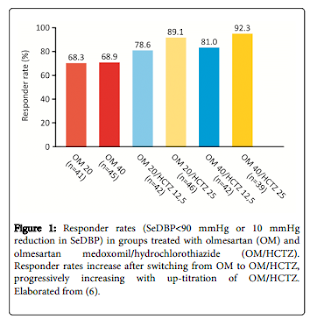Our
contemporary 24-hour (h) society influences circadian rhythms and impairs the
quality of life, resulting in tiredness, emotional instability, poor judgment,
etc. These adverse effects are important factors related to sleep andpsychiatric disorders. Moreover, short sleep duration and bad sleep quality are
closely associated with life stylerelated diseases. Various products for
obtaining good-quality sleep have been developed with the increasing
recognition of the importance of getting comfortable sleep.
Sleep
problems and the blood pressure (BP) circadian rhythm are closely related. A
short duration of sleep is linked to a higher 24-h BP and nighttime BP in the
younger generation. Increased nighttime activity has been found to influence
the daytime BP rhythm, causing a smaller reduction in nighttime BP. Moreover,
disturbance of the BP circadian rhythm is a risk factor for cardiovascular
diseases such as cerebral infarction and hemorrhage. Poor sleep quality,
defined as Pittsburgh sleep quality index (PSQI) ≥ 6, was significantly
associated with resistance to treatment in hypertensive women, independent of
cardiovascular and psychiatric confounders. Read more....................


















